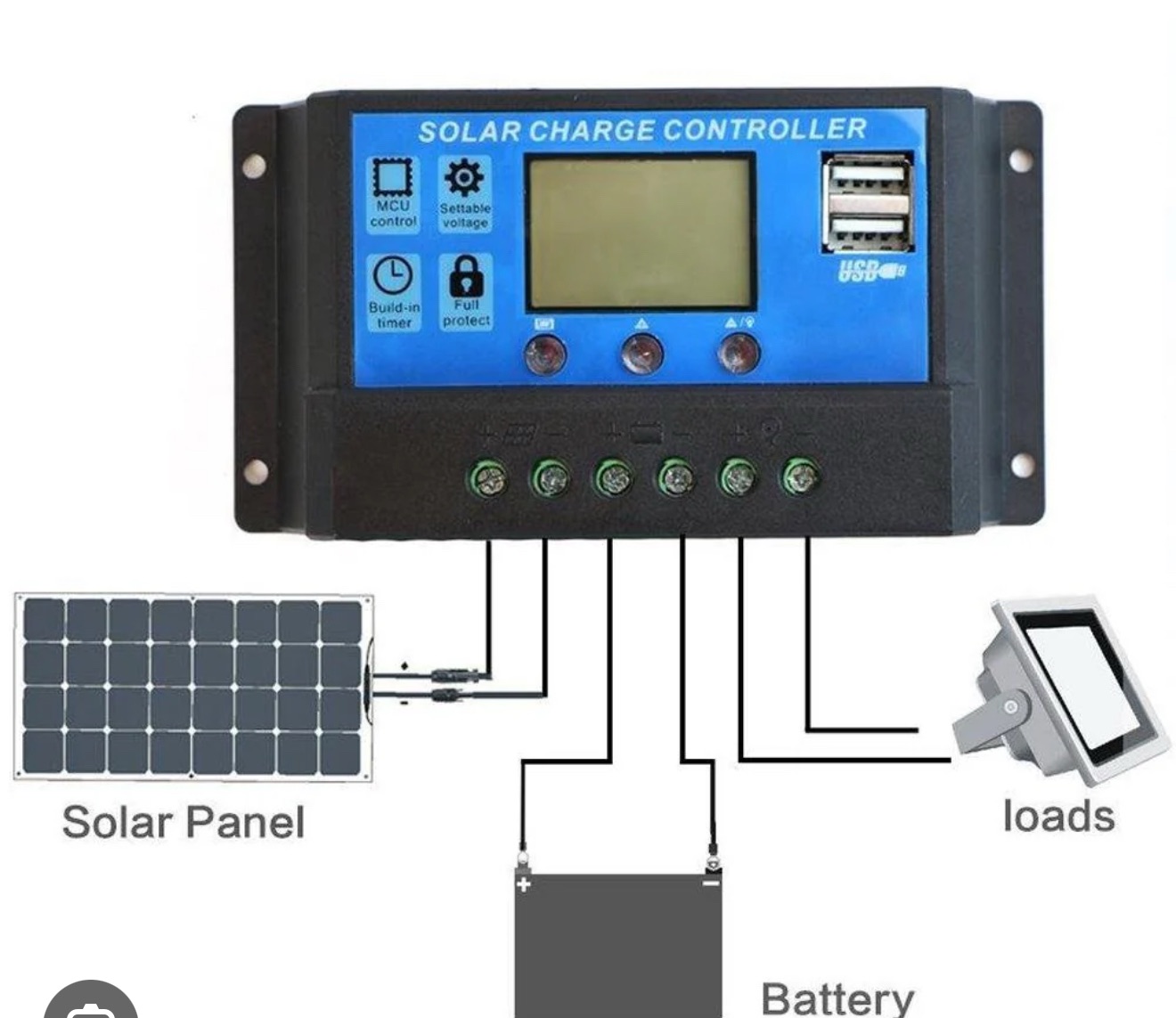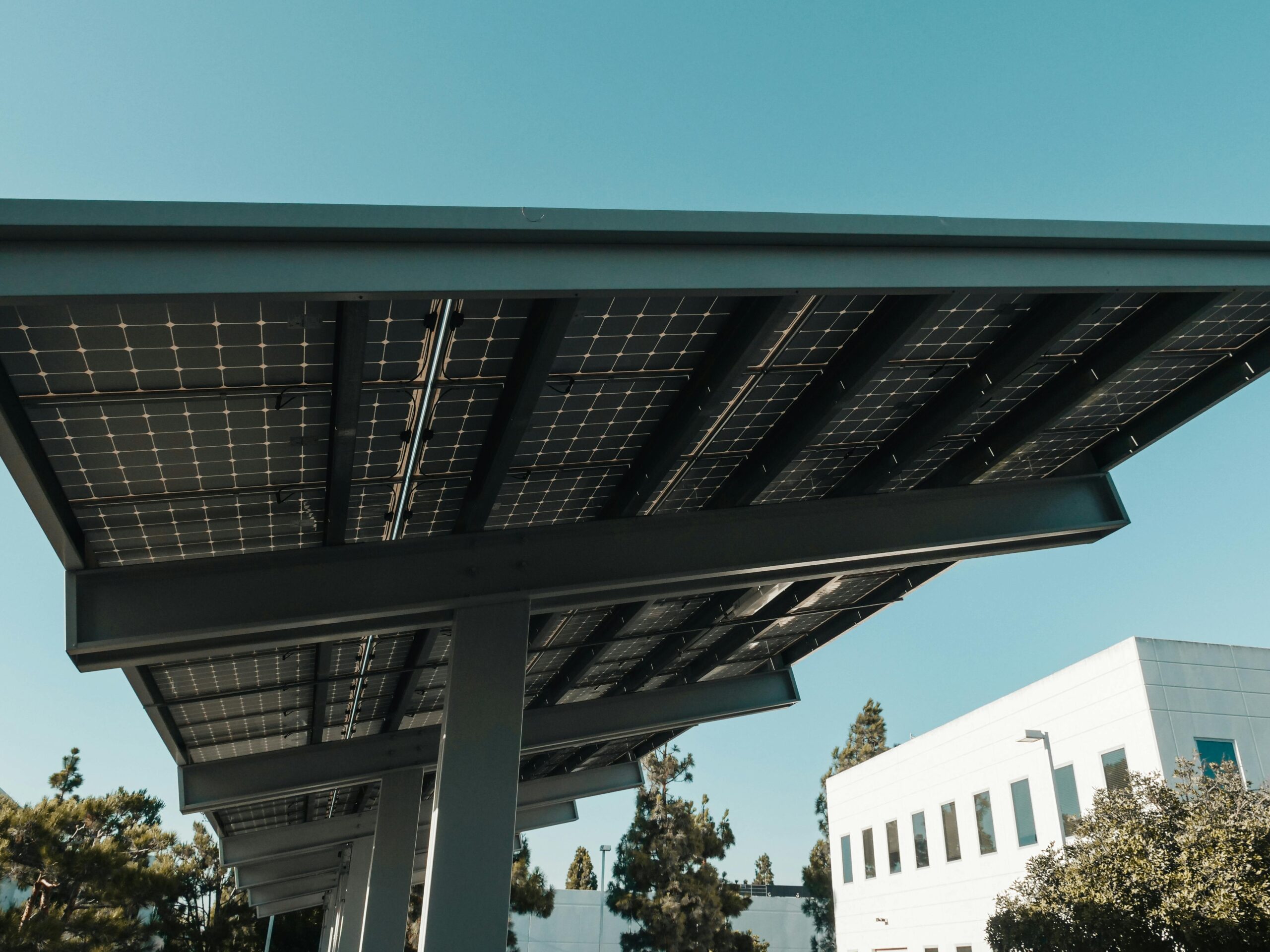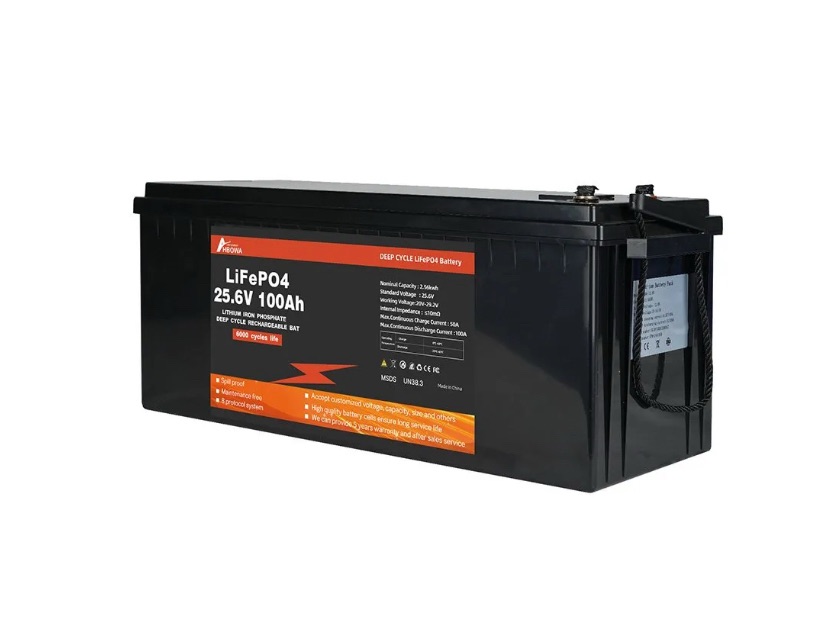When you’re designing a DIY solar power system, choosing the right inverter is one of the most important decisions you’ll make. If you’ve been shopping around, you’ve probably seen terms like single-phase and split-phase thrown around. But what do they actually mean, and how do they affect your solar setup?
In this post, we’ll break down the key differences between single-phase and split-phase inverters, when you need each one, and how to choose the right type for your off-grid or hybrid system—without getting too technical.
🔌 What Is a Single-Phase Inverter?
A single-phase inverter outputs AC power on a single hot line and a neutral wire—just like the standard power that comes from a regular wall outlet in most homes (120V in the U.S.).
Common Use Cases:
- Small off-grid cabins
- RV or van solar systems
- Basic home solar setups without large appliances
Key Features:
- Outputs 120V AC
- Simple wiring and installation
- Lower cost and fewer components
- Not suitable for running 240V appliances (like electric dryers, well pumps, or central AC units)
⚡ What Is a Split-Phase Inverter?
A split-phase inverter is designed to output two 120V hot lines that are 180° out of phase with each other. When combined, they deliver 240V AC—enough to power heavy-duty appliances.
Common Use Cases:
- Whole-home off-grid systems
- Hybrid solar systems tied to the grid
- Running 240V appliances (well pumps, ovens, ACs)
Key Features:
- Outputs 120V and 240V AC
- Powers both regular outlets and high-power appliances
- Often used in larger, parallel inverter systems
- Slightly more complex setup and higher cost
🆚 Key Differences at a Glance
🏠 When Should You Use a Split-Phase Inverter?
If you’re building a DIY solar system to run an entire house, especially in North America where 240V appliances are common, you’ll almost definitely want a split-phase inverter.
Here are some signs you need one:
- You have a well pump that runs on 240V
- Your electric dryer, oven, or AC requires 240V
- You want to run your solar system in parallel with another inverter for more capacity
- You’re planning to power multiple circuits through a home panel
🧰 When Is a Single-Phase Inverter Enough?
A single-phase inverter is often perfect if:
- You’re only powering lights, fans, a fridge, and electronics
- You’re setting up a portable solar system (like in an RV or cabin)
- You don’t need to run any 240V appliances
- You’re looking for a budget-friendly and simple install
🛠️ DIY Tip: Can You Create Split-Phase From Two Single-Phase Inverters?
Yes! Some inverter brands (like EG4, Growatt, or Victron) allow you to connect two single-phase inverters in parallel to create a split-phase output. This is useful if you already own a single inverter and want to expand later.
⚠️ Just make sure the model supports split-phase configuration, and always follow the manufacturer’s guidelines.
✅ Final Thoughts
For DIY solar systems, understanding the difference between single-phase and split-phase inverters is essential. Here’s a quick recap:
- Choose a single-phase inverter for simple, low-power systems.
- Go with a split-phase inverter if you need 240V power or want to run an entire home.
- Plan for future expansion—split-phase gives you more flexibility down the line.
Still unsure which one you need? Leave a comment below or reach out through our contact page—we’re here to help you build smarter DIY solar systems.




